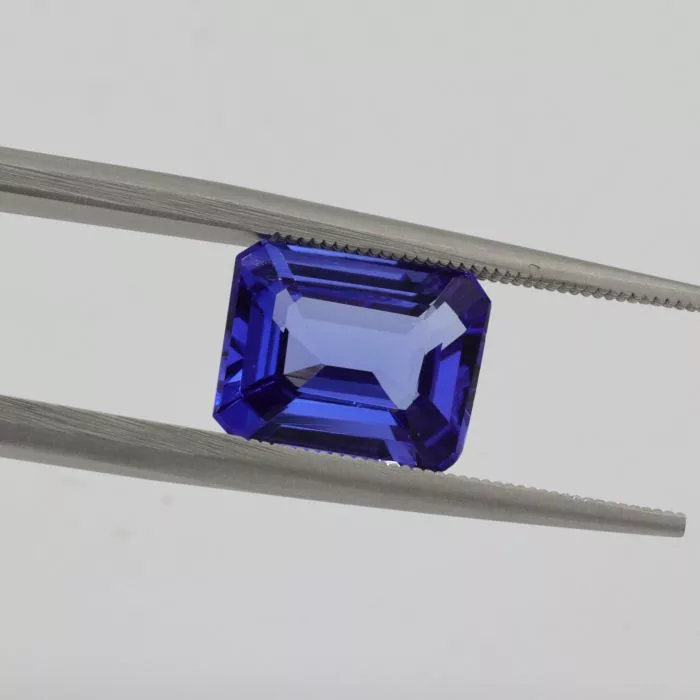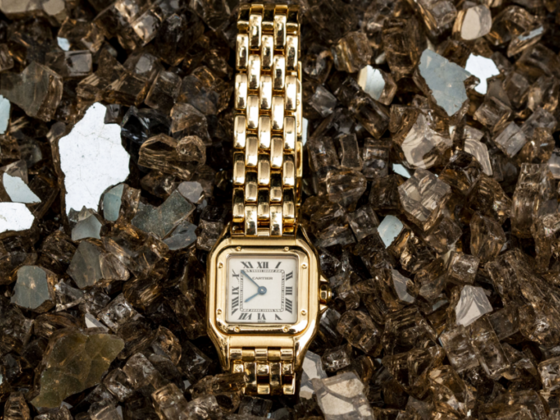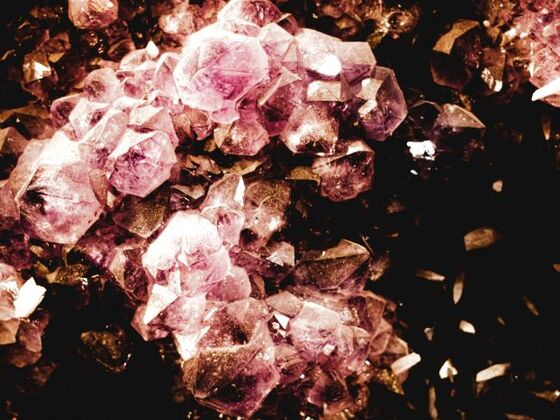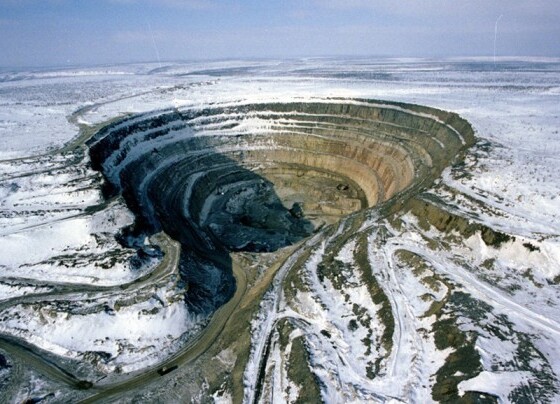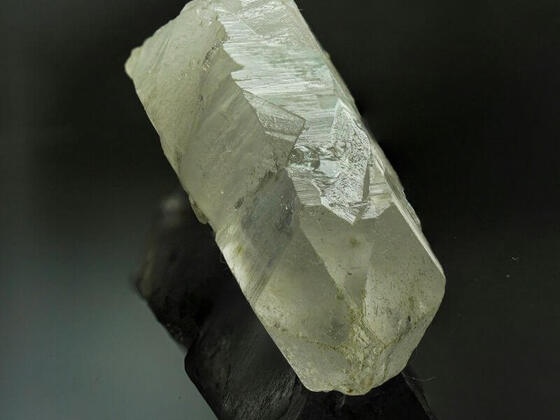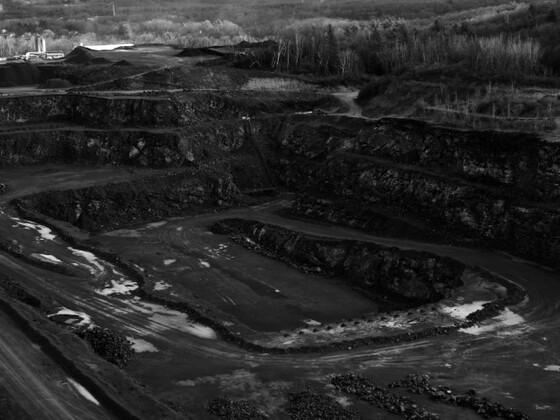In the jewellery industry, multiple factors, such as the appeal of beauty, rarity, and luxury has long been reflected in gemstone prices. But there’s frequently a complicated tale of mining operations, international trade, and moral dilemmas. Customers are now more conscious than ever that a gemstone’s provenance is just as important as its look. Today, terms like ethical gemstone sourcing, sustainable jewellery, and transparent supply chains are no longer buzzwords; they are actively reshaping how gems are valued and priced.
Consumers demand more than just a brilliant cut or a rare colour. They want to know if the stone was mined in an environment that was safe for workers, if it harmed ecosystems, and if the stone’s provenance is supported by the appropriate certifications. Transparency and sustainability are now market drivers that directly affect keystone price factors in luxury markets rather than being side topics.
Understanding Ethical Sourcing in the Gemstone Industry
Defining Ethical Sourcing
Gemstones that are mined and traded in accordance with fair labour practices, human rights, and responsible community involvement are considered to be ethically sourced. Ethical sourcing guarantees that miners and their communities benefit equitably, in contrast to traditional mining, where profits frequently flowed upward while workers endured hazardous conditions or poverty wages.
This concept goes beyond simply avoiding “blood diamonds.” While conflict-free gemstones focus on avoiding links to armed conflict, ethical sourcing covers a broader scope:
- Fair wages & safe working environments.
- Investment in local communities.
- Respect for indigenous land rights.
- Transparency across each step of the supply chain.
Why it Matters to Consumers
Shoppers increasingly associate their jewellery purchases with personal values. Many buyers see ethical jewellery as a reflection of their social and environmental responsibility. Consequently, they are willing to pay more for gems that come with proof of fair practices.
Sustainability and Environmental Responsibility
The Environmental Impact of Gemstone Mining
Traditional gemstone mining significantly disturbs ecosystems. Miners often dredge rivers, use excessive amounts of water, and clear forests, which causes long-term environmental damage. Communities living near mines experience soil pollution, lose biodiversity, and face reduced agricultural productivity.
What Sustainable Mining Looks Like
Sustainable gemstone sourcing reduces environmental damage and guarantees that mining areas will continue to be viable long after operations are completed. By using environmentally friendly methods, miners lower their carbon footprints during extraction and processing. To preserve valuable resources, they put in place water recycling systems. Land is rehabilitated for agriculture or natural ecosystems following mining. Sustainable miners must also adhere to stringent waste disposal regulations to reduce negative effects on the environment.
Several mining projects today partner with responsible jewellery councils or Fairtrade organisations to improve industry accountability. The result is gemstones that not only sparkle but also carry an environmental story consumers trust.
The Role of Transparency in the Gemstone Supply Chain
Transparency has become one of the strongest drivers of consumer trust in the gemstone market.
What Transparency Means
In the gemstone world, transparency refers to the process of documenting and tracing a stone’s journey from mine to market. It requires open disclosure of:
- The country and mine of origin.
- Ensure that environmental and labour standards were followed.
- Certifications from trusted organisations.
Tools Enabling Transparency
- Blockchain tracking systems offer digital ledgers to verify provenance.
- Certification bodies like the Responsible Jewellery Council (RJC) or Fairtrade Gold set measurable standards.
- Laser inscriptions and QR codes allow retailers to provide digital sourcing details directly to buyers.
How Transparency and Sustainability Impact Gemstone Prices
Transparency and sustainability have a direct impact on gemstone prices. The added costs associated with ethical sourcing contribute to generally higher prices compared to conventional stones.
Key Drivers of Higher Prices
- Fair Wages and Local Benefits: Ensuring miners are paid equitable wages and that communities see investment requires higher overhead costs.
- Environmental Safeguards: Eco-friendly operations (like land rehabilitation) increase mining expenses.
- Documentation and Certification: Compliance with international standards, independent audits, and digital tracking systems all add costs.
While this may initially seem like a disadvantage, studies show that consumers, especially in the luxury jewellery segment, are willing to pay premiums for ethical sourcing. Transparency becomes not only a cost but a value-enhancing feature.
Long-Term Value of Ethical Gemstones
Ethical gemstones tend to appreciate in perceived value because provenance and certifications build trust and protect resale potential. In contrast, gems with no verifiable sourcing face increasing scepticism in the resale and collector markets.
Consumer Demand and Market Trends
The demand for sustainable luxury has grown significantly. Surveys consistently indicate that younger consumers rank ethical considerations among their top purchasing motivations.
Key Market Drivers
- Millennials and Gen Z: These demographics are primarily focused on transparency, sustainability, and corporate accountability.
- Rise of Conscious Luxury: Buyers no longer define luxury as mere rarity—they see ethical production as a hallmark of premium value.
- Digital Influence: Social media amplifies consumer interest in responsible sourcing, rewarding brands that disclose ethical practices.
Market Growth
Reports estimate that demand for ethically sourced gems and sustainable jewellery grows at double-digit rates annually, outpacing conventional segments of the market. This reinforces the idea that transparent sourcing not only increases gemstone prices but also secures stronger long-term demand.
Balancing Affordability and Ethics
One of the most common consumer questions is whether ethically sourced gemstones can be affordable.
Challenges in Balancing Price and Transparency
Ethical gemstones often cost more because of the additional accountability built into the supply chain. However, the price gap has narrowed as sustainable practices become more common and supply chains become more efficient.
Lab-Grown Gemstones: A Sustainable Alternative
Lab-grown stones provide buyers with a lower-cost and environmentally conscious option. These gemstones eliminate the impact of mining altogether, while offering similar quality and aesthetics to natural gems. Although not everyone regards them as equal in luxury value, lab-created gems cater to the growing segment of consumers who prioritise sustainability and affordability together.
Consumer Education
Transparency also plays a crucial role in helping buyers understand why ethically sourced gemstones cost more. Clear explanations about community investments or environmental safeguards allow consumers to see their purchase as an investment in values, not just jewellery.
Future Outlook: Transparency as a Standard, Not a Luxury
The gemstone industry is shifting toward a future where transparency will no longer be optional.
Emerging Trends
- Stricter Global Regulations: Countries are introducing more policies requiring supply chain due diligence.
- Blockchain Provenance: Full traceability via blockchain will soon become a norm across premium jewellery markets.
- Consumer Pressure: Socially conscious buyers will continue to demand evidence of ethical practices, reshaping pricing structures and global trade routes.
Industry Vision
Experts believe that, in the next decade, transparent and ethical sourcing will become an industry baseline, rather than a niche premium. This will normalise higher gemstone prices while building greater equity for communities tied to gemstone mining.
Conclusion
Sustainability, ethical sourcing, and transparency are changing the gemstone industry. These principles don’t just shape gemstone prices; they nurture a deeper bond of trust and respect between jewellers and those who cherish their creations. Today’s discerning buyers seek more than just brilliance. They yearn for brands with meaning, a story that honours the earth and the hands that bring these gems to life. This heartfelt shift invites the market into a luminous new chapter.
Ethical sourcing invites jewellers to welcome not just greater premiums, but lasting loyalty from clients who value integrity as much as sparkle. It paints a clear path forward, where growth and conscience walk hand in hand. In a world where values glow as brightly as the finest gemstones, those who embrace transparency become the true pioneers—illuminating the way for all who follow.
Frequently Asked Questions (FAQs)
An ethically sourced gemstone is mined and traded under fair labour conditions, respecting human rights and reducing environmental harm.
They cost more because companies must invest in fair wages, eco-friendly mining, and certification processes.
Buyers should look for certifications from trusted organisations, ask retailers for sourcing details, and in some cases scan digital provenance identifiers (such as blockchain codes or laser inscriptions).
Yes. Lab-grown gems bypass traditional mining impacts and are widely regarded as an ethical, sustainable alternative.
Absolutely. Each purchase supports better labour conditions, funds environmental recovery, and helps shift the industry toward transparency as a permanent standard.
Ready to Start Your Gemstone Journey?
Don’t wait to discover the world of gemstones! Explore these essential reads right away.
Fascinated by this article and want to deepen your gemstone expertise? Dive into our comprehensive Gemstone Encyclopedia. Here, you’ll discover detailed information about hundreds of precious and semi-precious stones, including their properties and values.
For those interested in the rich cultural significance and fascinating stories behind these treasures, our History section offers captivating insights into how gemstones have shaped civilisations. Or perhaps you’d like to learn more about birthstones?
And if you’re considering gemstones as more than just beautiful adornments, visit our Precious Metal Investing guide. Here you will learn how these natural wonders can become valuable additions to your investment portfolio.
